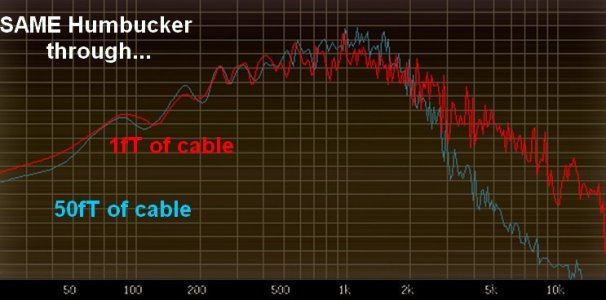eclecticsynergy
Well-known member
I've sometimes thought bout trying out a primitive passive 'midboost,' switching in both a small cap to ground and a large cap inline with the signal to cut bass....such low value caps are also a cheap and easy way to mimic the effect of very long capacitive cables (Bill Lawrence did recommend a 2.2nF for an Hendrix coily cable greasy midrange)...
I was concerned that I might lose enough power that it wouldn't feel like a boost at all. Maybe if I were to think of it as a 'chewy' switch instead....
Still, I admit the biggest reason I never tried it was laziness.
Ever try anything like that, and/or do you see any reason(s) why it might not work well?
And thanks again for sharing so much knowledge & expertise with us around here.
The other subtle mid treatment I really like is the old PRS sweet switch, using a passive delay chip.
No experience using that with singlecoils, of course, and that chip is long since discontinued.

